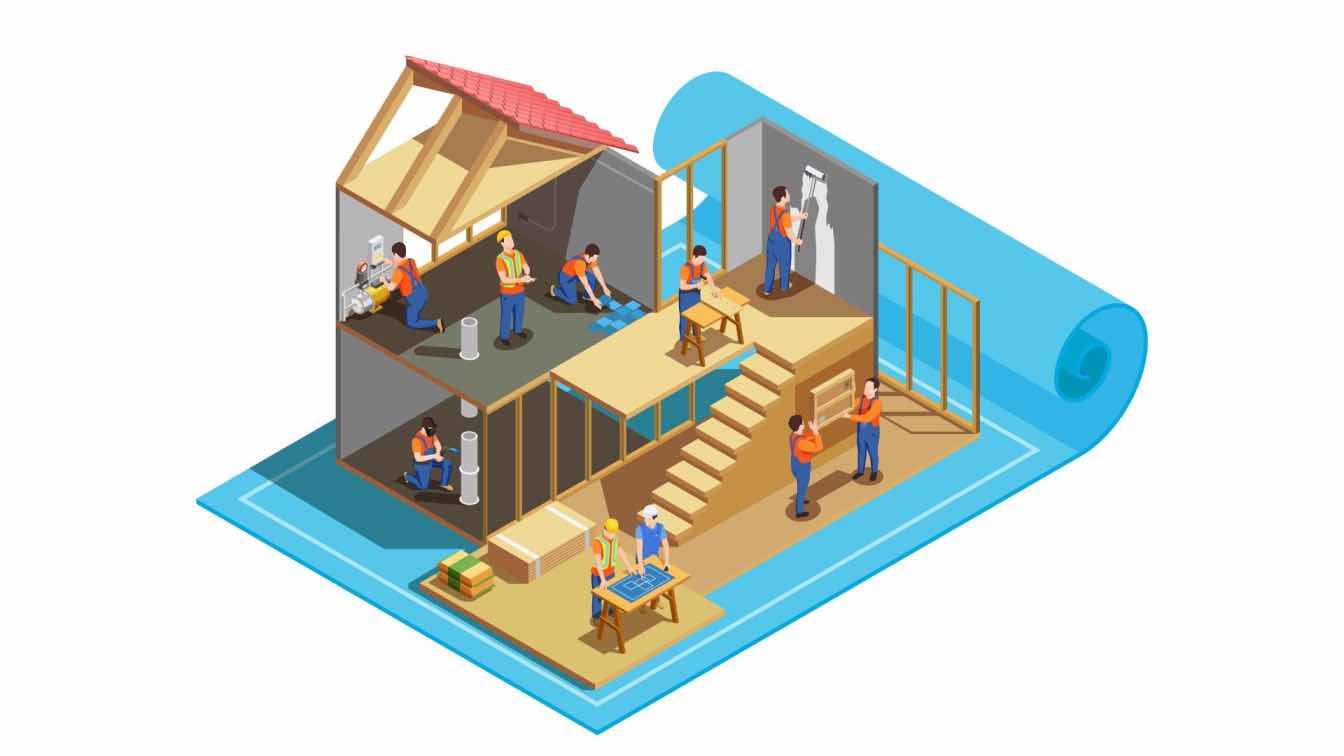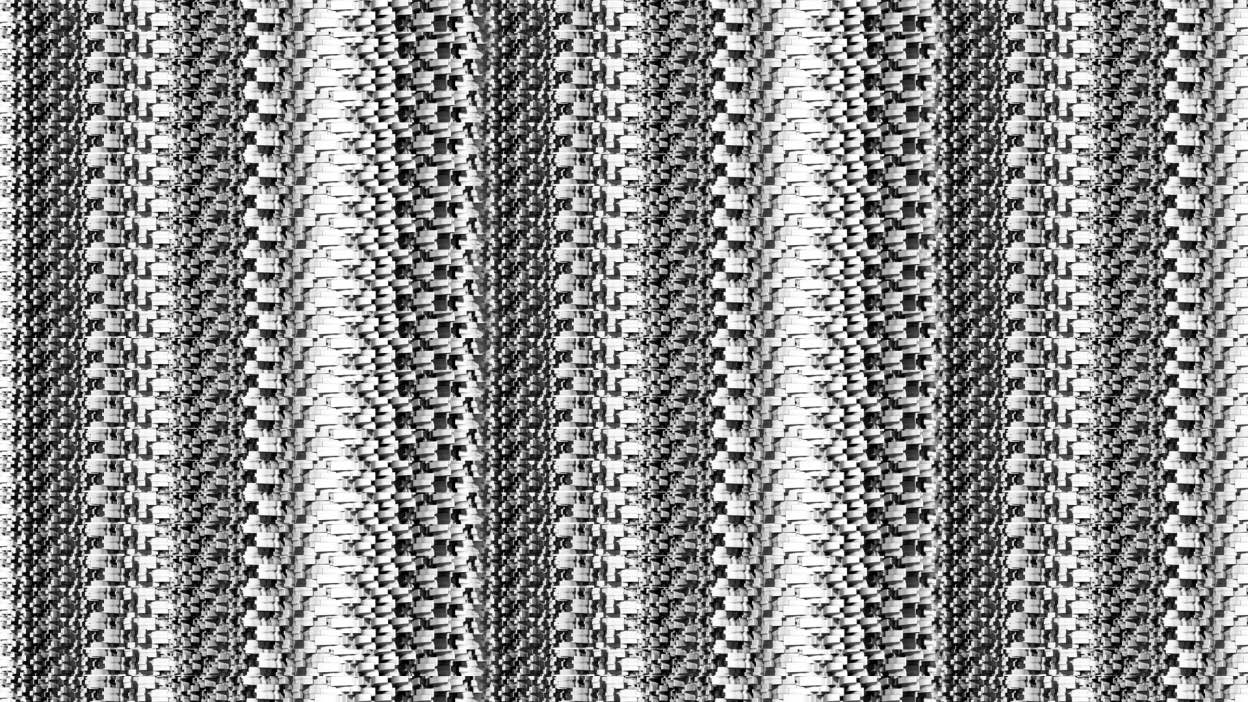Architecture firms have always relied on precision, creativity, and advanced technology to bring their visions to life. As the industry evolves, many firms now depend on smart devices and interconnected systems to streamline operations, communicate in real time, and manage complex projects with increased efficiency. These tools, part of the Internet of Things (IoT), are transforming how architectural work is designed and delivered. With that transformation, though, comes a growing concern: security.
The shift toward digital collaboration, remote monitoring, and connected project sites has opened the door to a host of new vulnerabilities. From smart lighting systems in offices to digital blueprints stored in the cloud, architecture firms must remain vigilant in protecting the data that supports their work. IoT devices, while powerful, can become access points for malicious actors if not properly secured.
How Architecture Firms Use IoT Technology
Modern architectural practices go far beyond drafting tables and static design files. IoT devices are used in a variety of ways, from gathering site data through drones and sensors, to tracking environmental factors in building prototypes, to automating climate control within firm offices. In project planning, connected devices allow teams to monitor material usage, site access, and even real-time structural changes.
Wearable devices such as smart helmets or glasses allow architects to visualize designs on-site, while interconnected project management platforms provide updates across teams. As more of these systems are integrated into daily operations, the amount of sensitive data shared between them increases significantly.
This data often includes client information, proprietary designs, and contracts. If any one device becomes compromised, it may lead to breaches that affect entire networks and potentially client trust.
Leveraging Cybersecurity Tools
Firms don’t need to handle these challenges alone. A wide range of cybersecurity platforms are now tailored to businesses that rely on IoT. These platforms can monitor network traffic, scan for unauthorized devices, and automatically flag suspicious activity.
Some tools even help segment networks so that a compromised device cannot infect others. It’s helpful to explore what is IoT security in cybersecurity resources and best practices, as doing so reveals the layered approach necessary to secure these systems. Knowing the basics allows firms to ask smarter questions and implement better solutions. With the right setup, it’s possible to detect issues before they escalate and resolve them with minimal disruption to project timelines.
Hiring a third-party security expert to conduct regular audits and stress tests can also provide valuable insights. These audits can reveal forgotten devices, outdated software, or unsafe practices, all of which can be addressed before they cause real problems.
IoT security tools work best when used in conjunction with strong policies and employee training, forming a full-circle strategy that covers people, processes, and technology.
The Specific Risks of IoT in Architecture
While the IoT ecosystem enhances convenience and productivity, it also widens the potential attack surface. Many IoT devices lack strong built-in security, especially in older models or low-cost options that prioritize functionality over protection. These devices can be overlooked during security audits, leaving hidden entry points into otherwise secure systems.
Architecture firms must consider the impact of a breach not just on internal operations, but on partners and clients. A compromised smart door lock or wireless printer could serve as the entry point for a broader network attack. Even building prototypes that use IoT sensors to measure structural integrity or air flow can become targets if not properly managed.
Beyond data theft, there's a risk of manipulation. If someone tampers with a connected device used in model calibration, the resulting changes could affect calculations and lead to construction errors or budget overruns. The financial and reputational costs of such outcomes are significant.
Building a Security-First Culture
Ensuring IoT security starts with establishing a security-first mindset across all departments. Everyone, from junior designers to IT administrators, needs to understand that each connected device carries a responsibility. Firms should develop protocols for onboarding new devices, including requiring secure configurations, unique passwords, and firmware updates before any device goes live.
Regular training sessions help employees recognize phishing attempts, use secure Wi-Fi, and report unusual device behavior. Security is a shared responsibility, and creating that awareness can prevent common errors that lead to breaches.
Leadership must invest in a dedicated strategy that includes regular system assessments, vendor evaluations, and device inventories. By identifying what devices are in use and how they connect, firms can better detect irregular behavior and isolate any issues before they spread.
Integrating Secure Design from the Start
IoT security shouldn’t be an afterthought. Instead, it should be part of the design process when evaluating tools or services to bring into the firm. Working with vendors who follow strict cybersecurity standards reduces the risk from the beginning.
Before purchasing new IoT equipment or subscribing to cloud-based project tools, architecture firms should ask detailed questions about security protocols. This includes how data is encrypted, how often firmware is updated, and whether vulnerabilities have been patched in previous versions.
Security-by-design means factoring safety into each decision, from which smart thermostat is installed in the office to how project files are synced across remote devices. While these considerations may require more effort initially, they lead to greater peace of mind and fewer disruptions later.
Planning for the Future of Connected Design
As architecture firms explore automation, virtual reality, and AI-enhanced design tools, the number of devices and platforms connected to their networks will only grow. Without a solid security framework in place, these additions will bring more complexity and more potential entry points for cyber threats.
Firms should adopt scalable security plans that evolve with their technology stack. This includes preparing for secure integration with smart cities, which are beginning to collaborate with firms on digitally connected infrastructure projects. Future-forward thinking ensures that new services and solutions are properly vetted and that older ones are upgraded or retired as needed.
Staying current on cybersecurity trends helps firms anticipate future challenges rather than reacting to them. Subscribing to trusted cybersecurity newsletters, attending industry conferences, and participating in knowledge-sharing forums all contribute to a well-informed strategy.
IoT devices are now a vital part of modern architectural workflows, from enhancing collaboration to improving design accuracy. But without proper security practices in place, these benefits can quickly become liabilities. Taking a proactive, informed approach to IoT security ensures that architecture firms can continue embracing innovation while safeguarding their data, their clients, and their reputation.





